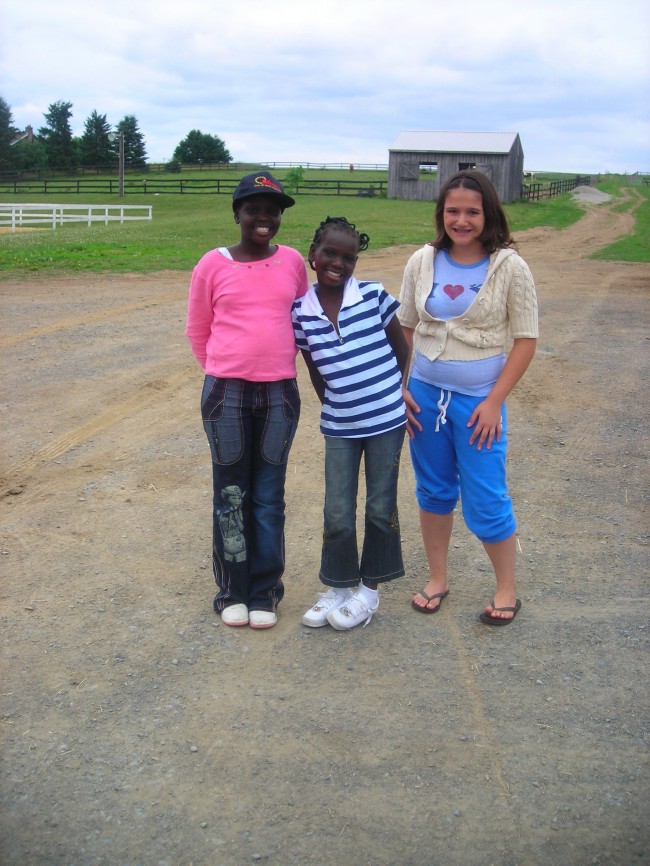Status updates, Instagram, “selfies”, Snapchat and in the beginning there was “My Space.” More than ever teens and college students seem to be stroking healthy egos and engaging in lively self promotion that would make PT Barnum seem like a wallflower. Does social media help students frame themselves? That may be an argument akin to my stance that blogging may well be the draft of a scholarly article or the seeds of a book.
Students know well how to “post” information and photos, but can they go a step further and speak well about themselves? I believe that we can draw from the life stories found in biographies to frame our own and to teach students how to think and talk, not about “who” they are but, “how” they are. For years I would ask students in my introductory speech class to introduce themselves. Usually they would say where they went to high school, if they had siblings, any special skills they had and whether they were dreading or looking forward to the course.
But what I really wanted them to talk about were their personality traits and experiences that have shaped who they are and the person they envision themselves becoming. I wanted to know: are they resourceful, hard-working, diligent? What in their lives offers evidence of this? Reading about the lives of others may give students a broader framework to use when constructing their own stories. By reading, for example, that Sandra Day O’Connor, our first woman Supreme Court justice grew up on a ranch and learned to do whatever it took to get a job done, they may be able to draw parallels to their own lives. O’Connor writes that her early ranch life may have fostered her decision later in her life to start her own law firm when no established firm would hire her. Her entrepreneurial spirit was nurtured growing up on the ranch. It was after sharing O’Connor’s biography with students that one student offered: “I learned that getting up early means getting the job done. Growing up on a farm, we had 90% of our work done by noon. As a college student, I still live by that and I think it is why I’ve earned Dean’s List every semester so far.”
 Drawing on experience as a published biographer of young adult biographies and work as a teacher-educator, Jacqueline Edmonson in her article, “Constructing and Engaging Biography: Considerations for High School English Teachers,” raises important critical questions and shares ideas for encouraging students to read and write in the biography genre. As a speech communication professor, I am interested in having students read, write and also speak about themselves using biographies as a basis of idea formation. In the introductory speech course at Penn State in recent years students were asked to make a “this is who I am speech,” record it and post it to YouTube. They were encouraged to make it as professional as possible, drawing from their lives as young children and experiences that formed their personalities. Reading biographies gives students a broader spectrum of ideas and helps them to connect the dots of how their early life experiences may have shaped their personalities, passions and life choices.
Drawing on experience as a published biographer of young adult biographies and work as a teacher-educator, Jacqueline Edmonson in her article, “Constructing and Engaging Biography: Considerations for High School English Teachers,” raises important critical questions and shares ideas for encouraging students to read and write in the biography genre. As a speech communication professor, I am interested in having students read, write and also speak about themselves using biographies as a basis of idea formation. In the introductory speech course at Penn State in recent years students were asked to make a “this is who I am speech,” record it and post it to YouTube. They were encouraged to make it as professional as possible, drawing from their lives as young children and experiences that formed their personalities. Reading biographies gives students a broader spectrum of ideas and helps them to connect the dots of how their early life experiences may have shaped their personalities, passions and life choices.
Parents are often encouraged to bring their children to meet new people as an important part of socialization and the development of self-awareness and communication skills. No doubt travel and social opportunities enhance young people’s ease in groups and creates confidence for them in social situations. By reading biographies, young people can also begin to construct interesting ways to convey their passions and identity when in social situations and as they transition from school into professional careers.
As Edmonson points out: “Lives are crafted from perspectives that serve various groups in certain times and places. Texts are constructed according to choices that authors and publishers make, and these have multiple justifications that result in sometimes competing accounts of a person’s life.”[i] Indeed, students must gain a sense of audience when they present who they are in a “this is who I am” speech. By drawing on the lives of others students can begin to speak more interestingly and with ease of themselves and how they make a contribution to the world. In this way biographies may serve as a vital tool for self discovery.
[i]Edmondson, J. (2012). Constructing and engaging biography: Considerations for high school English teachers. English Journal, 101(5), 44-50. Retrieved from http://search.proquest.com/docview/1015602705?accountid=13158
